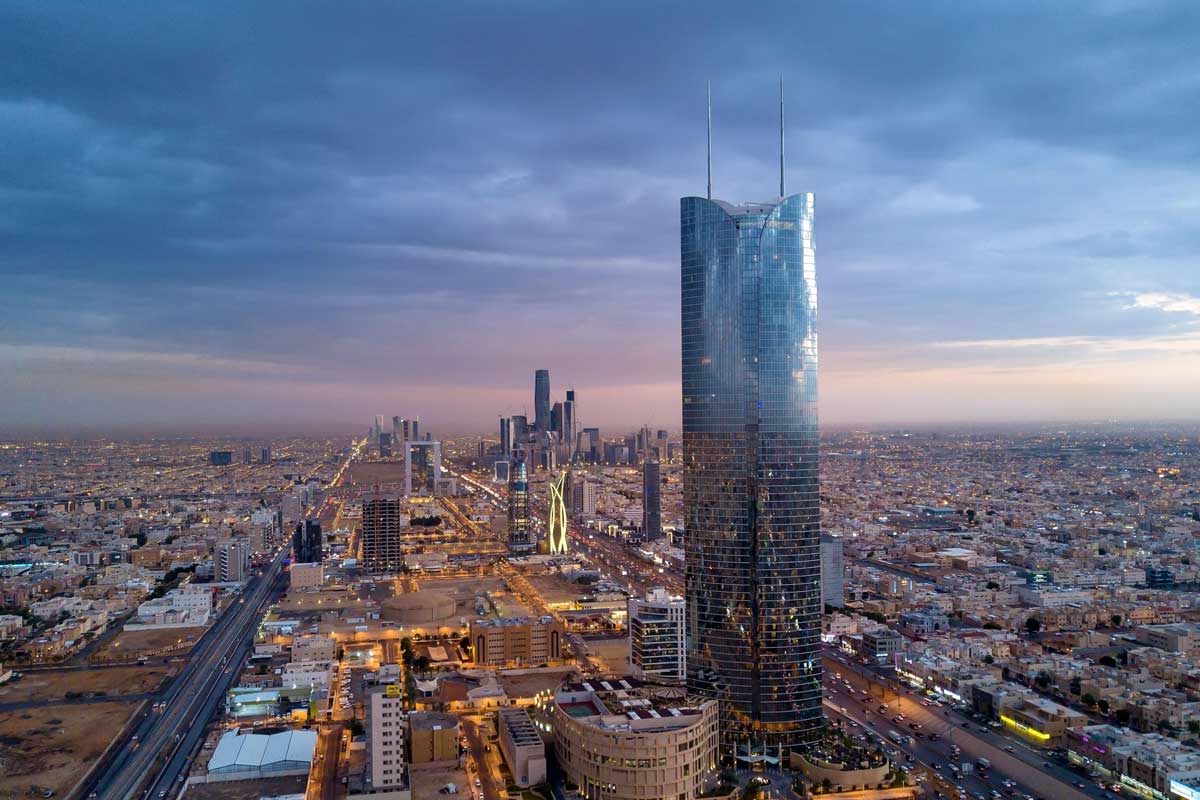Saudi Arabia’s real estate market has been undergoing a significant transformation as the kingdom’s appetite for megaprojects and economic prosperity grow under the Vision 2030 agenda.
The country’s economy has “gone from strength to strength,” UAE-based property firm CBRE said in a new report. However, given the ongoing transformation, the real estate sector remains “fragmented,” the firm warned.
“Given the scale of the change that the Kingdom is undergoing across all asset classes, this is to be expected. Our long-term outlook on Saudi Arabia’s real estate sector remains optimistic, despite some of the short-run challenges which certain market segments may be facing,” Taimur Khan, Head of Research – MENA at CBRE explained in a statement.
Saudi office real estate outperforms residential
The country’s office market is centred towards Riyadh where demand continues to grow significantly, CBRE said, as a result, office space occupancies are on a rise to reach 98.1 percent in Q2 2022 – demand continues to outstrip supply, reports state. Jeddah occupancy remained subdued with a recorded average rate of 87.8 percent. Occupancy in Dammam and Khobar also increased by 2.2 percent and 1.7 percent respectively.
Transactions in the residential division slumped by 19.9 percent, according to the report, levels in 2021 stood at an increase of 21.4 percent. The number of mortgages issued by banks fell significantly by 20.9 percent. Riyadh alone fell by 33.1 percent and Jeddah slipped by 6.2 percent. Dammam faced a slight transactional volume increase of 0.7 percent.
CBRE added that Saudi Arabia’s economic growth has impacted the real estate market within the office, residential and hospitality divisions. The kingdom has also reformed its tourism and travel rules in recent years, leading to a much higher level of visitors entering Saudi Arabia, and helping to increase real estate sector growth across divisions.
Global recovery of the hospitality sector due to open borders and partially unrestricted travel has led to a marked increase in religious tourism as well as cultural and sporting events. The number of flights recorded marked an improvement from the 33.8 percent decline in 2021. Riyadh and Medina are the two markets that have exhibited improved performance levels in visitation.
The latest report from Saudi Arabia’s data authority GASTAT showed an economic growth of 11.8 percent for the kingdom, with the hydrocarbon and non-hydrocarbon sectors expected to register growth rates of 23.1 percent and 5.4 percent respectively.
New businesses continue to grow in the domestic and export markets, as the country lessens regulatory burdens and increases the ease of doing businesses, registering output growth and higher employment.
Labour market statistics have also shown a decrease in the unemployment rate this quarter, from 6.9 percent to 6 percent.






